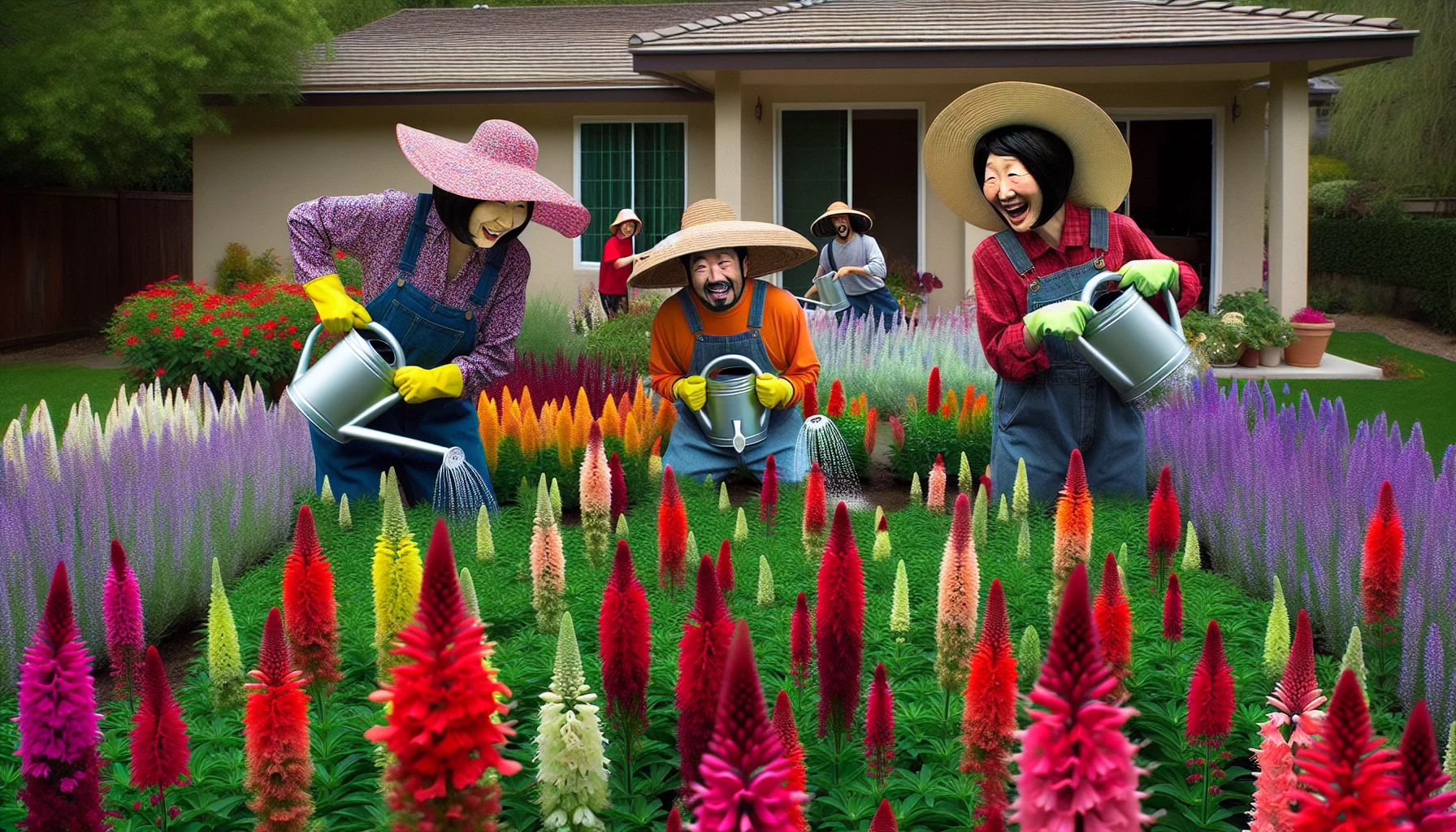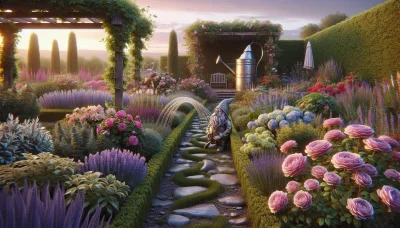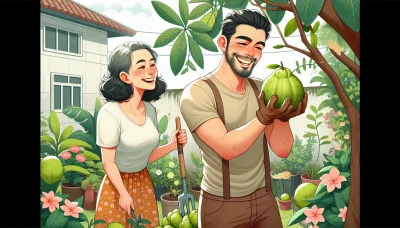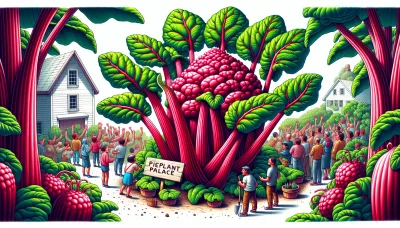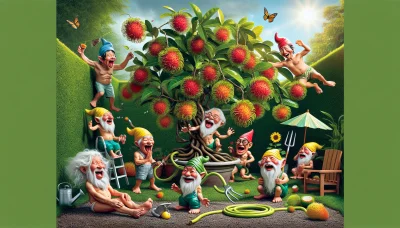Salvia perennial or annual Quiz
Test Your Knowledge
Question of
Salvia: Perennial or Annual?
Salvia plants, a diverse genus within the mint family, are popular among gardeners for their vibrant colors and ease of care. They are often the subject of discussion when it comes to their classification as perennials or annuals. Understanding whether a Salvia is perennial or annual is crucial for garden planning, as it affects how the plant is cared for and utilized in the garden. This distinction also influences the plant's lifecycle and blooming patterns, making it a key consideration for those looking to add these beautiful plants to their outdoor spaces.
Understanding Salvia Plants
Salvia, a diverse genus of the mint family, boasts over 900 species, originating from various parts of the world including Central and South America, Central Asia, and the Mediterranean. Known for their vibrant flowers and aromatic leaves, salvia plants are a favorite among gardeners. Common types include Salvia officinalis, commonly known as garden sage, and Salvia splendens, known for its striking red blooms. These plants are highly valued not only for their aesthetic appeal but also for their ability to attract pollinators like bees and butterflies, making them a beneficial addition to any garden.
Perennial vs. Annual Salvia Varieties
Perennials
- Salvia officinalis (Common Sage) - A culinary herb with grey-green leaves and blue to purple flowers.
- Salvia nemorosa (Woodland Sage) - Known for its spikes of violet-blue flowers and hardiness in various climates.
- Salvia sylvestris ('May Night') - Features deep indigo blue flowers and is a favorite for its long blooming season.
- Salvia x sylvestris ('Mainacht' or May Night) - Offers striking deep purple blooms and is drought-tolerant once established.
Annuals
- Salvia splendens (Scarlet Sage) - Boasts vibrant red flowers that stand out in any garden or container.
- Salvia coccinea (Texas Sage) - Features tubular red, pink, or white flowers and attracts hummingbirds and butterflies.
- Salvia farinacea (Mealycup Sage) - Known for its striking blue or purple flower spikes and grey-green foliage.
Caring for Your Salvia Plants
Salvia plants are a beautiful addition to any garden, offering a range of colors and attracting pollinators. To keep your Salvia thriving, it's important to provide them with the right conditions. These plants prefer full sun, needing at least six hours of direct sunlight each day to flourish and produce vibrant blooms. When it comes to watering, Salvia plants are quite drought-tolerant once established, but during their growing season, ensure the soil is kept moist, especially in hot, dry periods. Overwatering can lead to root rot, so allowing the soil to dry slightly between waterings is key. Soil preferences for Salvia include well-draining soil with a neutral to slightly acidic pH. Incorporating organic matter into your soil can improve drainage and provide nutrients for optimal growth. With the right care, your Salvia plants will be a stunning feature in your garden for many seasons.
Benefits of Growing Salvia in Your Garden
Salvia, a vibrant and versatile plant, offers numerous benefits when incorporated into your garden. Not only does it attract a variety of pollinators, including bees, butterflies, and hummingbirds, which are essential for the pollination of many plants, but it also adds a splash of color with its striking flowers that come in shades of blue, violet, red, pink, and white. Beyond its aesthetic appeal and ecological benefits, Salvia is remarkably easy to maintain. It is drought-resistant, thrives in various soil types, and generally requires minimal care once established. This makes it an excellent choice for both novice gardeners and those with more experience looking for a low-maintenance yet visually appealing addition to their garden.
Common Challenges in Growing Salvia
- Pests: Aphids, whiteflies, and spider mites can often be found attacking Salvia plants.
- Diseases: Powdery mildew and root rot are common issues that can affect the health of Salvia plants.
- Climate Considerations: Salvia plants typically prefer warm, sunny environments and may struggle in areas with cold temperatures or excessive moisture.
Conclusion: Making the Right Choice for Your Garden
Throughout this article, we've explored the diverse world of Salvia, highlighting the critical distinctions between perennial and annual varieties. The choice between these types hinges on understanding your garden's specific needs and the climate zone you reside in. Perennials, with their ability to return year after year, offer long-term vibrancy and a reduced need for replanting, making them suitable for gardeners in compatible climates seeking lasting additions to their gardens. Annuals, on the other hand, shine with their prolonged blooming periods and ability to thrive in a wide range of climates, ideal for those looking for seasonal color or living in regions where perennials may not survive the winter. By carefully considering these factors, gardeners can make informed decisions, selecting the Salvia variety that best aligns with their gardening goals, ensuring a flourishing and vibrant garden.
